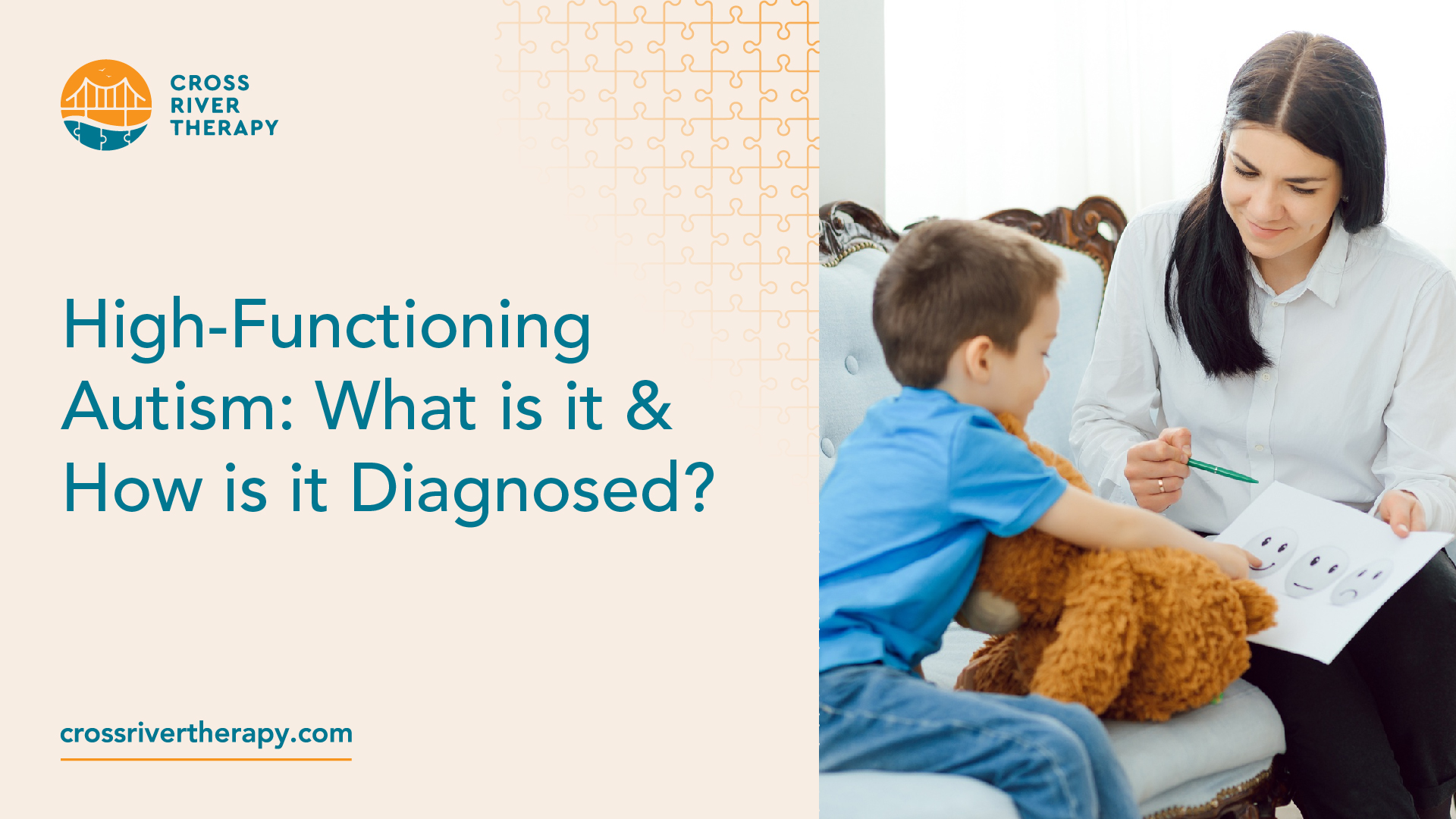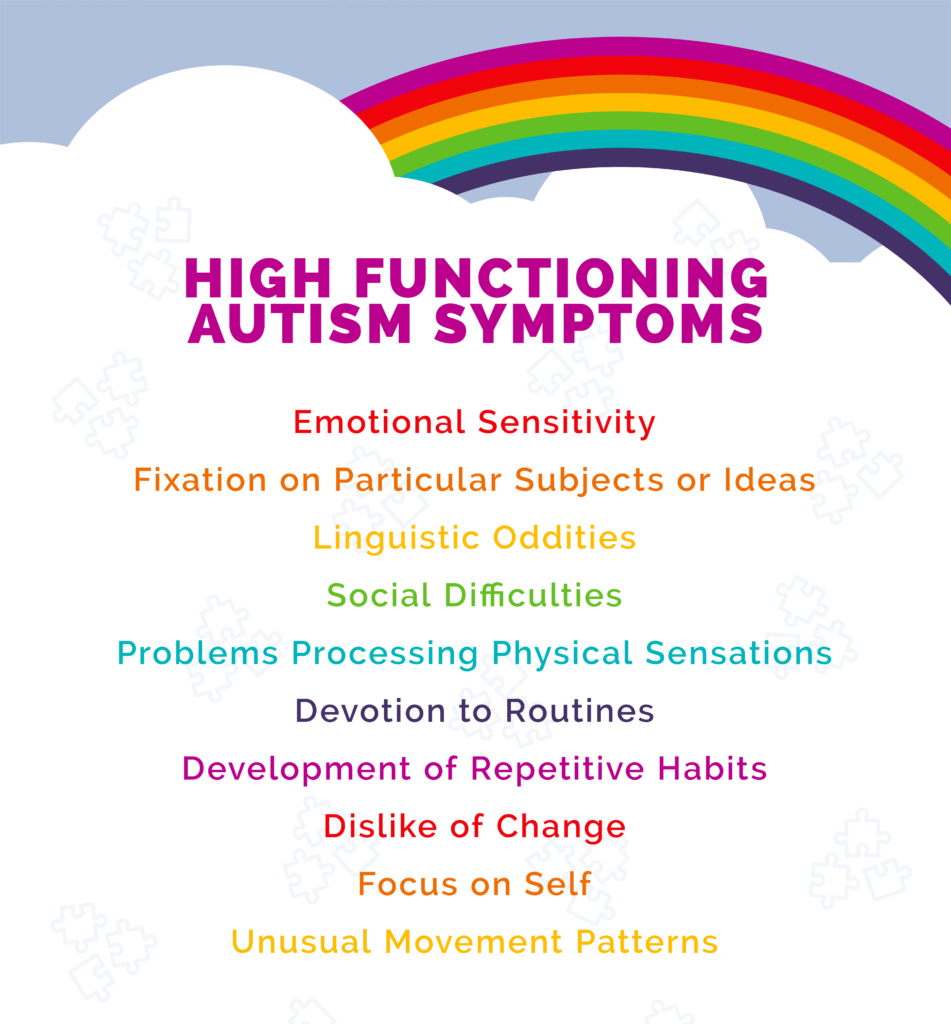High-Functioning Autism: What is it & How is it Diagnosed?
In this article, we will explore what high-functioning autism is, its characteristics, and how it is diagnosed and treated.
Understanding High-Functioning Autism
Autism spectrum disorder (ASD) is a complex developmental disorder that affects communication, social interaction, and behavior. It is a spectrum disorder, which means that it affects individuals in different ways and to varying degrees.

One type of autism that is often misunderstood is high-functioning autism (HFA). In this article, we will explore what HFA is, its characteristics, and how it is diagnosed and treated.
What is High-Functioning Autism?
High-functioning autism (HFA) is a subtype of autism spectrum disorder (ASD) that is characterized by difficulties with social communication and interaction, as well as restricted and repetitive behaviors and interests.
However, individuals with HFA have average or above-average intelligence and language skills, which sets them apart from those with classic autism.

Symptoms of High-Functioning Autism
Individuals with HFA may exhibit a range of symptoms and behaviors, which can make it difficult to diagnose. Some common characteristics of HFA include:
- Difficulty with social communication and interaction: Individuals with HFA may struggle with understanding social cues, making eye contact, and engaging in reciprocal conversations.
- Restricted and repetitive behaviors and interests: Individuals with HFA may have intense interests in specific topics or objects and engage in repetitive behaviors, such as hand flapping or rocking.
- Sensory issues: Individuals with HFA may be hypersensitive to certain sensory stimuli, such as loud noises or textures.
- Difficulty with executive functioning: Individuals with HFA may struggle with planning, organizing, and completing tasks.
Diagnosis of High-Functioning Autism
Diagnosing HFA can be challenging, as it often requires a comprehensive evaluation by a team of professionals, including a pediatrician, psychologist, and speech-language pathologist. The evaluation may include:
- A developmental history: The professional will ask about the child's developmental milestones, such as when they first spoke or walked.
- Observations: The professional will observe the child's behavior, social interactions, and communication skills.
- Standardized tests: The professional may administer standardized tests to assess the child's cognitive and language abilities.
Treatment of High-Functioning Autism

There is no cure for HFA, but early intervention and treatment can help individuals with HFA learn social and communication skills, manage their behaviors, and improve their overall quality of life. Some common treatments for HFA include:
- Applied Behavior Analysis (ABA): ABA is a type of therapy that uses positive reinforcement to teach new skills and behaviors.
- Speech therapy: Speech therapy can help individuals with HFA improve their communication skills, such as understanding and using language appropriately.
- Occupational therapy: Occupational therapy can help individuals with HFA develop sensory integration skills and improve their fine motor skills.
- Medication: Medication may be prescribed to manage symptoms of HFA, such as anxiety or depression.
What is the difference between autism and high-functioning autism?
Autism and high-functioning autism (HFA) are both types of autism spectrum disorder (ASD), but the main difference lies in the severity of their symptoms. Individuals with classic autism may have more significant difficulties with communication, social interaction, and behavior than those with HFA.
They may also have intellectual disabilities and require more support in their daily lives. On the other hand, individuals with HFA have average or above-average intelligence and language skills, which makes it easier for them to navigate certain aspects of life independently.
However, they still face challenges related to social communication, sensory processing, and executive functioning that can impact their ability to form relationships or succeed in school or work environments.
Can High-Functioning Autism Go Unnoticed?
Yes, high-functioning autism (HFA) can go unnoticed, especially if the individual has learned to compensate for their challenges through coping mechanisms or has received little support.
This is because individuals with HFA may have average or above-average intelligence and language skills, which can make it easier for them to navigate certain aspects of life independently.
Additionally, some symptoms of HFA, such as difficulty with social communication and interaction or sensory issues, may be attributed to shyness or personality traits rather than a neurological condition.
However, it's important to note that early intervention and diagnosis can lead to a better outcome for individuals with HFA. If you suspect that you or your child may have HFA, it's crucial to seek an evaluation from a qualified professional.
Behaviors of Individuals with High-Functioning Autism

Individuals with high-functioning autism (HFA) may exhibit a range of behaviors that can be challenging to understand for those who are not familiar with the condition. Some common behaviors associated with HFA include:
- Difficulty understanding social cues: People with HFA may struggle to understand nonverbal communication, such as facial expressions or body language. They may also have difficulty interpreting sarcasm or humor.
- Tendency towards routine and sameness: People with HFA may prefer things to stay the same and become upset if their routines are disrupted.
- Intense interests in specific topics: People with HFA may have an intense interest in one or more subjects, often to the point where they want to learn everything there is to know about it.
- Literal thinking: People with HFA may struggle with abstract concepts and prefer concrete, literal thinking.
- Sensory sensitivities: People with HFA may be hypersensitive or hyposensitive to certain sensory stimuli, such as textures, sounds, or lights.
It's important to note that these behaviors can vary widely among individuals with HFA and should not be used as a definitive diagnosis. If you suspect that you or your child may have HFA, it's crucial to seek an evaluation from a qualified professional.
Is High-Functioning Autism the Same as Asperger's?
High-functioning autism (HFA) and Asperger's syndrome are two subtypes of autism spectrum disorder that share many similarities.
In fact, prior to 2013, both HFA and Asperger's were considered separate diagnoses under the DSM-IV. However, with the release of the DSM-V, both conditions were consolidated into one diagnosis: autism spectrum disorder.
While HFA and Asperger's may be used interchangeably in some contexts, there are some subtle differences between the two that are worth noting.
For example, individuals with Asperger's may have fewer delays in language development compared to those with HFA. Additionally, individuals with Asperger's may have a narrower range of interests and struggle more with social communication compared to those with HFA.
It's important to note that regardless of whether an individual is diagnosed with HFA or Asperger's, they will still face similar challenges related to social communication and interaction, sensory processing, and executive functioning.
Therefore, it's crucial for individuals with either diagnosis to receive early intervention and support from qualified professionals who can help them learn new skills, manage their behaviors, and improve their overall quality of life.
Conclusion
High-functioning autism is a subtype of autism spectrum disorder that affects individuals in different ways and to varying degrees. It is characterized by difficulties with social communication and interaction, as well as restricted and repetitive behaviors and interests.
While there is no cure for HFA, early intervention and treatment can help individuals with HFA learn social and communication skills, manage their behaviors, and improve their overall quality of life.



